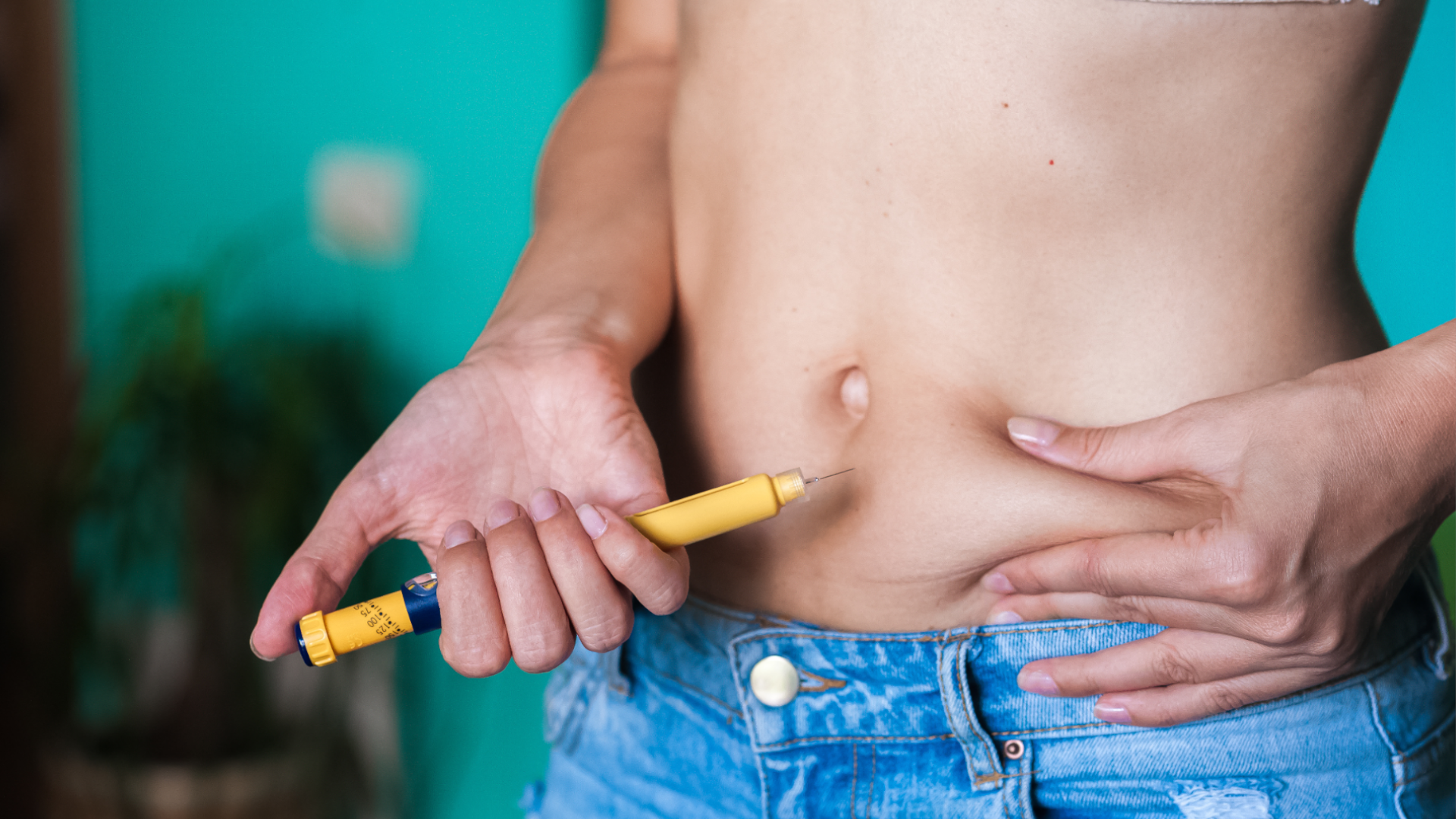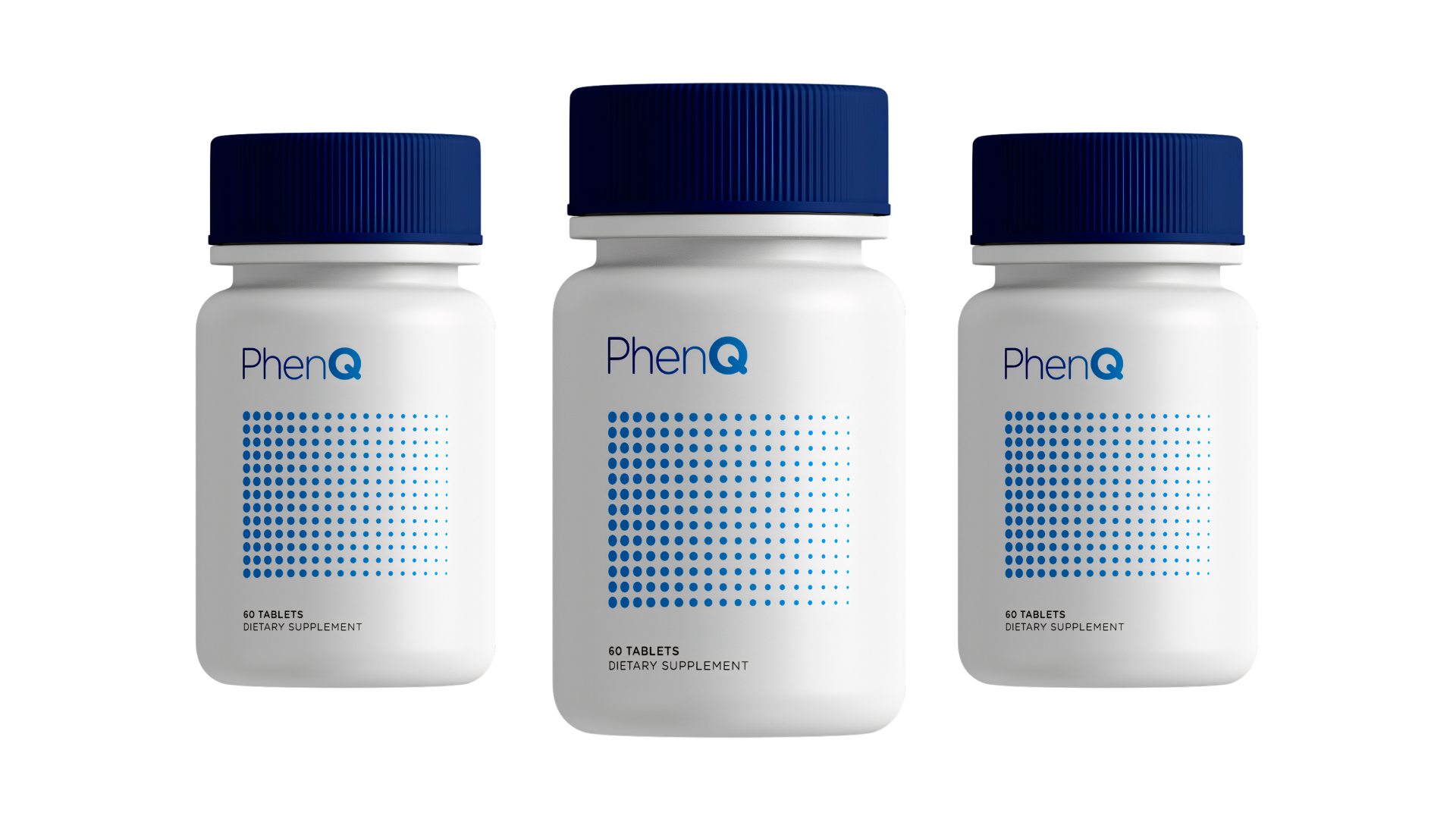- What is Saxenda?
- How much does Saxenda cost?
- How does Saxenda work?
- How to use the Saxenda Pen
- What are the benefits and possible Saxenda results?
- Saxenda dosage
- Saxenda side effects
- Interactions with other medications
- Conclusion
What is Saxenda?
Saxenda (otherwise known as liraglutide) is an FDA-approved prescribed injectable weight loss medicine that can help you to shift excess weight, if you suffer from weight-related medical problems (BMI>27) or obesity (BMI>30) and struggle to lose/keep the weight off.
Combined with a reduced-calorie controlled diet and increased exercise, Saxenda results can be very promising.
How much does Saxenda cost?
On average Saxenda can cost anywhere between $1,243 and $1,469 for an 18mg pen. These can be bought – on prescription – from pharmacies across the USA.
How does Saxenda work?
The liraglutide in Saxenda is similar to a hormone found naturally in our bodies called incretin. Its job is to control your appetite, blood sugar levels, insulin, and digestion.
Now, there are several brands of liraglutide on the market, but in this review, we are interested in Saxenda. This particular injection can encourage weight loss – although it is not seen as a weight loss medicine or appetite suppressant.
Saxenda weight loss is simply one of the many benefits you can experience when using this injection to treated weight-related medical problems and obesity.
Similarly, it should NOT be used to treat type 1 or type 2 diabetes.
The Science:
Saxenda mimics GLP-1 (a glucagon-like peptide that is made in the intestines) by telling your brain that you’re full. At the same time, it can help beta cells in your body to normalize blood sugars, by triggering the release of insulin when your blood sugar is too high.
How to use the Saxenda Pen

Before you use Saxenda, you need to complete the following steps:
- Before you use it for the first time, you will need to store it in your fridge (DON’T put in the freezer) – after the first use, you can either keep it out in the open (at room temperature) or put it back in your fridge.
- Check for visible particles, cloudiness or changes in color – if any of these are present, do not use.
- Prepare your injection site – before every dose, you should always clean the injection area with rubbing alcohol to prevent infection.
Once you have done all of that you are ready to start!
The best way to administer Saxenda pens is by injecting it under the skin in either your abdomen, thigh or upper arm. This should be done at the same time every day, and it should NEVER be injected into your vein or muscle. To prevent a mistake, it is important that you follow the instructions your doctor gave and read through the guide.
Typically, you will only need to use it once a day, and it is likely that your doctor will start you off on a low dose to reduce the risk of stomach/abdominal side effects. As you adjust, you’ll be advised to increase your dose.
Now it is important to remember that should you miss your dose for more than 3 days, you must speak to your doctor first before restarting it. They will then be able to provide advice on the correct dosage to restart on (to minimize side effects).
Similarly, Saxenda is designed to be used alongside regular exercise and a meal plan (as advised by your doctor). Fail to do this, and the results you’ll experience will be minimal.
Other things of note:
- Change your injection site – you should do this every time to lessen the amount of injury done under your skin.
- 30 days after first use, you should discard it – Saxenda only lasts 30 days, meaning even if there is still some Saxenda left in the pen, you MUST NOT use it but should throw it away.
- NOTE: Don’t get rid of it in your bin, but treat it like medical waste.
What are the benefits and possible Saxenda results?
Whilst Saxenda pen injectors can’t be described as weight loss products; when this medication is used alongside exercise and a calorie-reduced diet, it can help you to lose weight.
The difference is – it is only available to individuals with weight-related health problems or those who are classed as obese. With its support, it can help you to shift those hard to lose pounds and in doing so, help to reduce the risk of heart disease, diabetes, high blood pressure, and shorter life spans.
During clinical trials, more than 60% of participants who received a daily 3mg dose of Saxenda (for a year) lost at least 5% of their body weight; whilst 31% lost more than 10%.
Now, how much you lose will depend on how committed you are to exercising and eating right. But according to the FDA, if you haven’t lost 4% of your body weight in 16 weeks, then you should stop taking it.
Similarly, Saxenda will only have an impact on your blood sugar if it is high or if you’re taking other diabetes medications.
Saxenda dosage
Your doctor will prescribe you a specific Saxenda dosage based on your weight and needs. However, in most instances you will only have to inject yourself with 3mg of Saxenda once a day.
This should be done at the same time for consistency reasons, but technically can be done at any time of the day, with or without food.
When you first start, your doctor will instruct you to take a smaller dose to give your body time to adjust and minimize side effects. Only once they give you the thumbs up, should you increase it to the amount they have prescribed.
You should NEVER increase, decrease or use it for longer than you’ve been told. Your prescription will have been set at a certain amount/timeframe for a reason.
Other things to note:
- DO NOT use Saxenda and Victoza together as they contain the same active ingredient. Saxenda comes in pre-filled injection pens (you can ask your pharmacist for advice on the best needles to use – these should be disposable needles for single use).
- Look out for signs of high blood sugar (hyperglycemia) e.g. increased thirst and urination, blurred vision, headaches, and tiredness.
- If you miss a dose, don’t double up or use extra medicine to catch up. If you miss 3 doses or more, speak to your doctor before resuming.
Saxenda side effects
Sadly, Saxenda is known to cause a range of side effects. The most common ones to watch out for are:
- Nausea – most common when you first start using it, it usually decreases over time once your body adjusts
- Vomiting
- Hypoglycemia
- Diarrhea or constipation
- Headaches
- Decreased appetite
- Dyspepsia
- Heartburn
- Gas
- Fatigue
- Dizziness
- Abdominal pain
- Increased lipase
These are the lightest and most common side effects. Unfortunately, Saxenda can also cause some of the following serious side effects:
- Possible thyroid tumors (swelling or lumps on your throat; problems swallowing; shortness of breath; hoarse voice etc.)
- Inflammation of the pancreas – should this occur stop using it immediately
- Gall bladder problems (gall stones) – call your doctor straight away if you experience abdominal pain, fever, jaundice, and clay-colored stools
- Low blood sugar (in people with type 2 diabetes who are taking medication to treat it) – symptoms include shaking, sweating, headaches, drowsiness, weakness, dizziness, confusion, irritability, hunger, tremors, palpitations, convulsions and feeling jittery
- Increased heart rate – Saxenda can increase your heart rate whilst you are at rest
-
Kidney problems (including kidney failure) – this can occur as a result of excessive loss of fluids (dehydration) due to extreme nausea, diarrhea and vomiting. Drinking plenty of water can reduce the risk of this happening; however if the vomiting and diarrhea is ongoing, speak to a doctor right away
- Severe allergic reactions – get medical help and stop using immediately if you get a rash; hives; fast heartbeat; itching/swelling on your face, tongue or throat; severe dizziness or have trouble breathing/swallowing
- Depression or suicidal thoughts – if you experience any changes to your mood, behavior, thoughts and feelings, speak to your doctor straight away
Should you experience any of these, we recommend speaking to your doctor immediately. Similarly, if you’re taking GLP-1 receptor agonists; are allergic to liraglutide; already have stomach, kidney, liver or pancreas problems, or suffer from depression; we advise avoiding Saxenda.
Interactions with other medications
- Saxenda slows stomach emptying meaning it can hinder medicines which need to pass through your stomach quickly. If this applies to you, make sure to tell your doctor about any prescriptions and over the counter medicines, vitamins and supplements you are using.
- Saxenda is not a treatment for type 1 or 2 diabetes e.g. it should not be used alongside GLP-1 receptor agonists or insulin as it will interact with them. If you’re diabetic, you will need to get your blood sugar checked regularly, and should report any signs of low blood sugar levels.
- It cannot be used by anyone under the age of 18 years old, or who is/or is thinking of becoming pregnant.
- If you have got a history of kidney disease, heart problems, high triglycerides, pancreatitis, depression, multiple endocrine neoplasia type 2 (tumors in your glands) or gastric problems – and you take medications for any of them – you must tell your doctor or pharmacist first. Similarly, if you or anyone in your family has ever had MTC (a type of thyroid cancer), you should not take it.
- Do not use Saxenda with any products which contain liraglutide (Victoza) or any that could be described as similar medications e.g. exenatide, albiglutide, byetta, bydureon, tanzeum, trulcity or dulaglutide.
- Never share an injection pen, cartridge or syringe – even if the needle has been changed – as it can allow infections/disease to pass from one person to the next.
Conclusion
So following this Saxenda review – is it worth the risk? In our opinion no it is not.
Whilst Saxenda CAN promote weight loss in anyone struggling with weight-related conditions (BMI>27) or obesity (BMI>30) – and whom can’t lose/keep the weight off on their own – the cons far outweigh the pros.
Not only do you have to be careful to not inject it into your veins or muscles:
- You cannot use the same injection site two times in a row
- It can take a year – yes a YEAR – to produce 5-10% body weight losses (and this is only if you combine it with a calorie-reduced diet and exercise)
- (This is a big one) It can cause a whole host of negative side effects.
And it is the side effects which are the real kicker…
The list of dangers and potential interactions is extensive compared to the short list of benefits Saxenda can offer. In fact, the FDA recommends stopping use if you don’t lose 4% of your body weight in 16 weeks.
Then, of course, there is the price. It may be prescription only, but at $1,200 (minimum), this is a lot for just an 18mg pen – especially as it will only last you 6 days. Over 16 weeks you could easily spend over $10,000.
Have you got $10,000+ spare? Probably not.
That is why, if you want to experience real, lasting weight loss we recommend using natural supplementation such as PhenQ. Formulated from 100% natural ingredients, PhenQ is cheaper; free of any dangers/side effects, and can encourage realistic weight loss results without any of the risks.
True, PhenQ should also be paired with regular exercise and healthy food choices. However, given that it can produce stronger, better and longer lasting results – without any of the discomfort, pain or use of synthetic chemicals – why expose your body to anything else?




